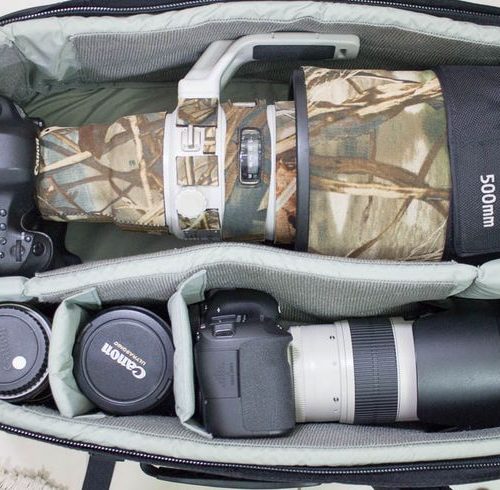30 Jan A Beginner’s Guide To Choosing the Best Camera For Wildlife Photography

A Beginner’s Guide To Choosing the Best Camera For Wildlife Photography
Entering the captivating world of wildlife photography is an exciting journey, but it requires the right equipment to capture the beauty of nature’s creatures. Choosing the Best camera for wildlife Photography is a crucial step for beginners to ensure stunning and memorable wildlife shots. In this guide, we’ll explore the key factors to consider when buying a camera for wildlife photography.
Understanding Your Needs:
Research Wildlife Photography Basics:
Before diving into camera specifications, familiarize yourself with the basics of wildlife photography. Understand the importance of focal length, shutter speed, and low-light performance in capturing fast and often elusive subjects.
Define Your Budget:
Before diving into the camera market, establish a realistic budget. Best Camera for Wildlife photography can demand specialized features, but there are excellent options at various price points.
Consider the Type of Wildlife Photography:
Determine the type of wildlife photography you’re interested in – whether it’s birdwatching, safaris, or close-up shots of animals in their natural habitat. Different situations may require specific camera features.
Camera Features to Look For:
- Camera Type:
When venturing into wildlife photography, the choice between a DSLR (Digital Single-Lens Reflex) and a mirrorless camera is essential. Both have their advantages, but mirrorless cameras are gaining popularity due to their compact size, faster autofocus, and improved video capabilities.
- Sensor Size:
Wildlife photography often involves capturing distant or fast-moving subjects. A larger sensor size, such as full-frame or APS-C, allows for better low-light performance and depth of field control, enhancing the overall image quality.
- Autofocus Speed and Accuracy:
The ability to quickly and accurately focus on wildlife is critical. Look for cameras with advanced autofocus systems, preferably with phase-detection points covering a significant portion of the frame. This ensures sharp and well-focused images, even in challenging conditions.
- Frame Rate:
Wildlife moments can be fleeting, so a high frame rate is advantageous. A camera with a rapid burst mode enables you to capture multiple shots per second, increasing the likelihood of capturing that Best moment in Wildlife photography.
- ISO Performance:
Wildlife photography often requires shooting in low-light conditions, especially during dawn or dusk. A camera with excellent ISO performance reduces noise in images, allowing for clearer and more detailed shots in challenging lighting situations.
- Weather Sealing:
Nature can be unpredictable, and photographers may find themselves shooting in adverse weather conditions. A weather-sealed camera provides protection against dust, moisture, and other environmental factors, ensuring your equipment remains functional in various situations.
- Lens Compatibility:
The choice of lenses is as crucial as the camera itself. Ensure that the camera you choose has a variety of compatible lenses suitable for wildlife photography. Telephoto lenses with image stabilization are particularly useful for capturing distant subjects.
- Battery Life:
Wildlife excursions can last for hours, so a camera with good battery life is essential. Carry extra batteries and consider investing in an external power source, such as a battery grip, for extended shooting sessions.
- Size and Weight:
Wildlife photographers often find themselves on the move, navigating through different terrains. A compact and lightweight camera is advantageous for ease of transportation and maneuverability, especially when hiking or trekking to remote locations.
- Additional Features:
Look for cameras with features like in-body image stabilization, advanced metering systems, and a user-friendly interface. These additional features enhance the overall shooting experience and contribute to better image quality.
Conclusion:
In the world of wildlife photography, your camera becomes an extension of your vision. By understanding your needs, exploring camera types, investing in quality lenses, and considering essential features, you can make an informed decision that sets the foundation for capturing the breathtaking beauty of the natural world. As a beginner, embark on your wildlife photography journey equipped with the “Best Camera for Wildlife Photography,” and let the wonders of nature unfold through your lens. Happy Shooting!

